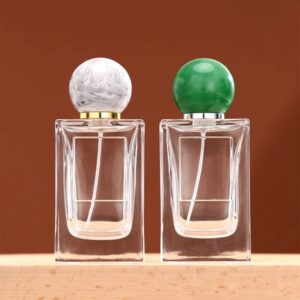
News & Blog
Great things in business are never done by one person. They’re done by a team of people. We have that dynamic group of peoples
In the cosmetics industry, the appearance and feel of glass bottles directly affect the brand image and consumer purchasing experience. Among them, sandblasting, frosting and matte paint spraying are the three most common surface treatment methods. They not only give glass bottles a unique texture, but also play an important role in anti-slip and visual effects. This article will discuss in detail the process principles, advantages and disadvantages, and cost comparison of sandblasting, frosting and matte paint spraying, and analyze their application in cosmetic glass packaging materials in combination with market cases.
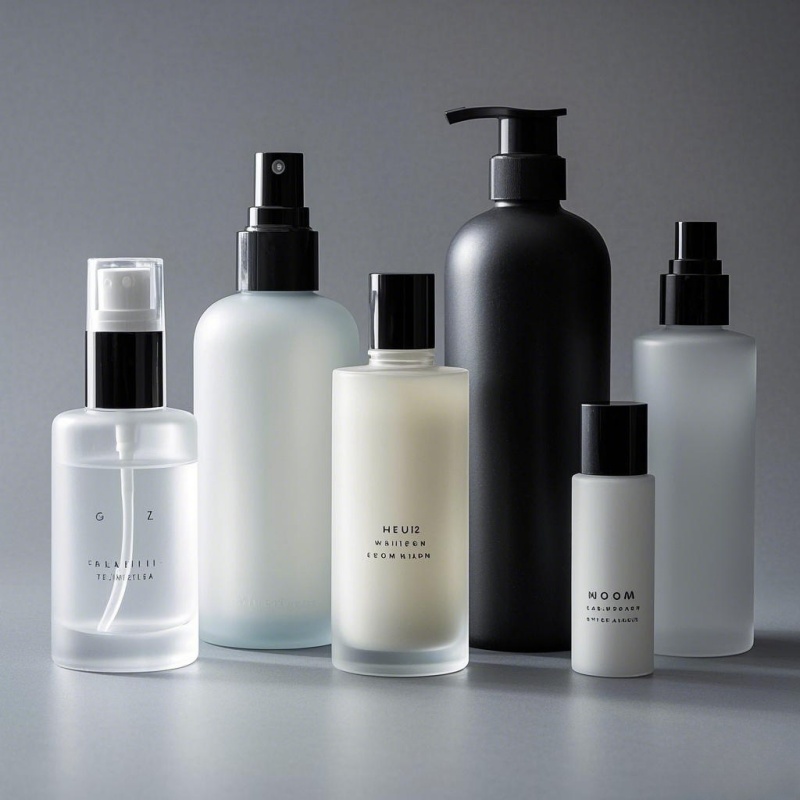
Glass is a colorless, transparent, amorphous inorganic substance, the main components of which include:
The main characteristics of glass include:
Definition: Sandblasting is a conventional abrasive jet technology that uses high-speed jetting of abrasive particles to hit the glass surface, forming a uniform rough texture and presenting a matte and hazy texture.
Application scenarios:
Definition: The frosting process is to make the glass surface uniformly rough through chemical or mechanical grinding, thus forming an opaque texture.
Application scenario:
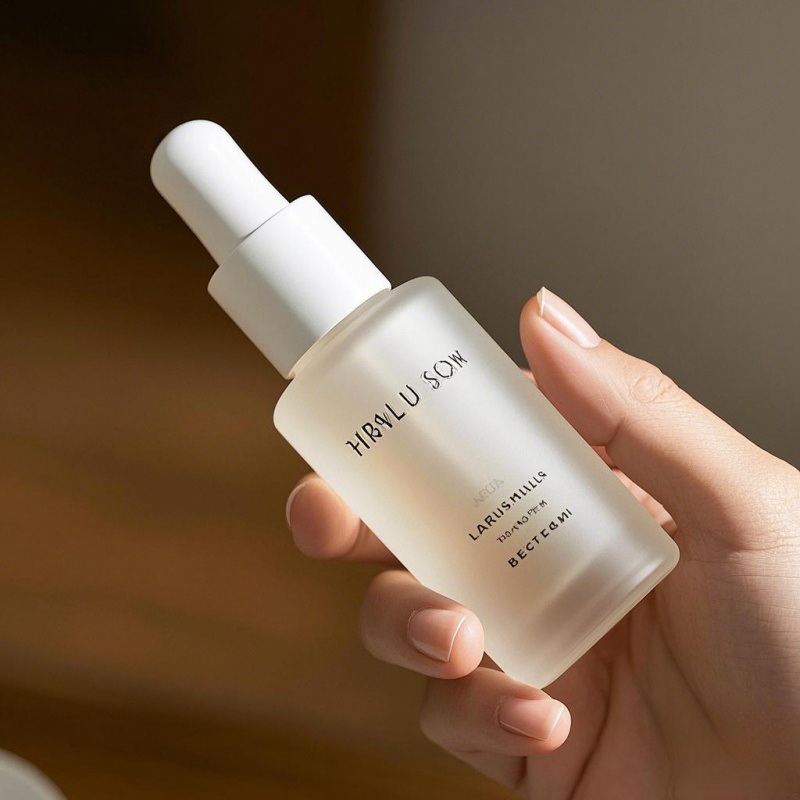
Definition: Matte paint spraying refers to spraying a layer of matte paint on the surface of the glass bottle to give it a matte effect.
Application scenarios:
| Comparison items | Sandblasting | Frosting | Matte paint spraying |
|---|---|---|---|
| Production cost | Low | High | Medium |
| Surface touch | Rough | Delicate | Smooth |
| Visual effect | Hazy, slightly grainy | Matt texture, high-end feeling | Uniform matte, can be matched with colors |
| Scope of application | Applicable to most glass bottles | Mainly used for high-end glass bottles | Applicable to a variety of cosmetics and skin care bottles |
| Stain resistance | Easy to absorb stains | Not easy to get stains | Easy to scratch, need a protective layer |
| Customizability | Patterns can be engraved | Mainly used for overall processing | Rich color selection, good gradient effect |
In the cosmetic glass bottle market, different surface treatment processes will affect the final price.
| Processing | Unit cost (per 1000 pieces) |
|---|---|
| Sandblasted glass bottle | $800 – $1200 |
| Frosted glass bottle | $1500 – $2500 |
| Matte paint glass bottle | $1000 – $1800 |
As can be seen from the above table, the cost of matte paint is between sandblasting and frosting, and it has a wider range of color and visual effects.
As consumers’ requirements for product packaging aesthetics increase, the market demand for sandblasting, frosting and matte paint spraying will continue to grow. The following trends may appear in the future:
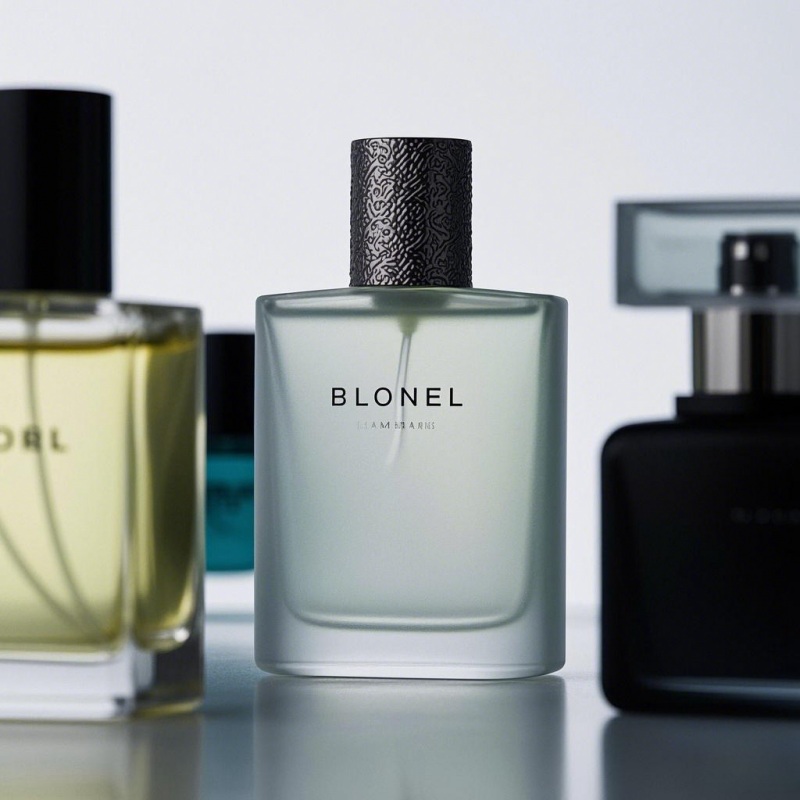
Sandblasting, frosting and matte paint glass bottles each have their own advantages in cosmetic packaging. The choice of process depends on brand positioning, cost budget and product design requirements. For mass production and personalized customization, sandblasting is a more economical choice, while frosting is suitable for the high-end market and can enhance brand value. Matte paint spraying provides more color and visual effect options, suitable for brands pursuing a unique appearance. With the advancement of technology, these processes may be further optimized, bringing more innovative possibilities to the cosmetics industry.
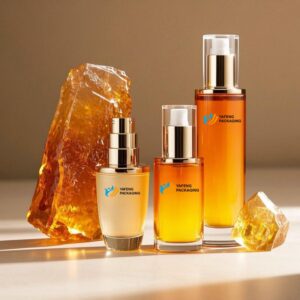
Discover why 62% of luxury skincare brands choose glass packaging: UV-blocking science, premium aesthetics, and eco-sustainability. Explore how glass bottles protect actives and elevate brand artistry.
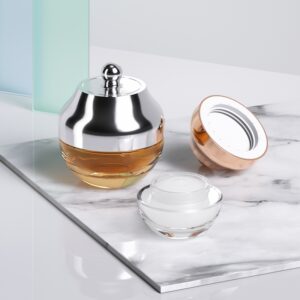
Elevate your cosmetic brand with standout packaging! Learn how to customize designs, choose colors, leverage trends, and create an unforgettable unboxing experience.
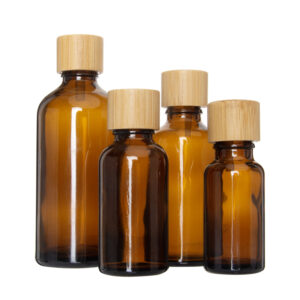
Discover the sustainable revolution in beauty packaging! Learn how bamboo is transforming the cosmetic industry with its eco-friendly, durable, & stylish appeal.
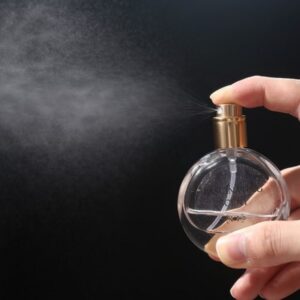
Explore the essential role of spray pumps in cosmetics, covering molding, surface treatment, components, and atomization. Learn how spray pumps enhance product performance and user experience in perfumes, gels, and more.
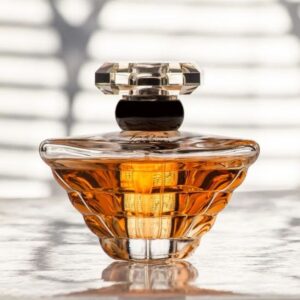
Discover the top 10 women’s perfumes, featuring luxurious scents in elegant glass perfume bottle packaging. Find your perfect fragrance for any occasion today!
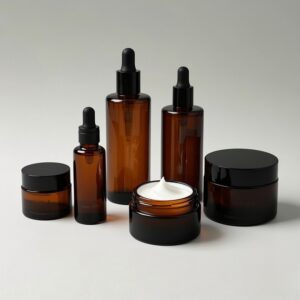
Amber glass bottles offer luxury, UV protection, and stability for beauty packaging. Learn about their production, quality control, and benefits for skincare brands.
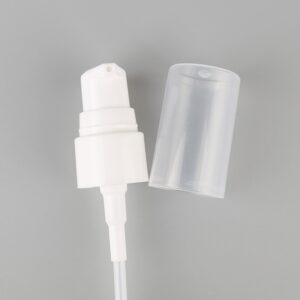
Single-material all-plastic pumps are revolutionizing cosmetic packaging with eco-friendly, cost-effective, and recyclable designs, driving sustainability and brand appeal.
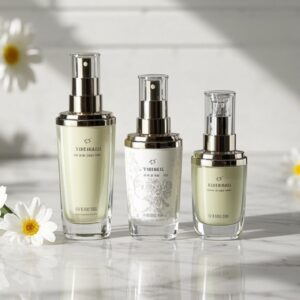
Discover 10 expert tips to choose the best cosmetic bottles, ensuring quality, durability, and sustainability while enhancing your beauty routine effortlessly.
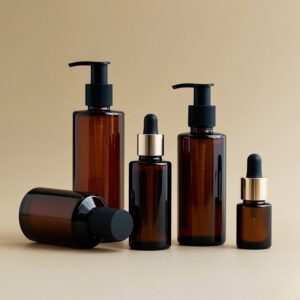
Glass bottles are the best for hair oil storage due to their non-reactivity, UV protection, and ability to preserve quality, ensuring longer shelf life and better efficacy.

Explore the essential role of spray pumps in cosmetics, covering molding, surface treatment, components, and atomization. Learn how spray pumps enhance product performance and user experience in perfumes, gels, and more.
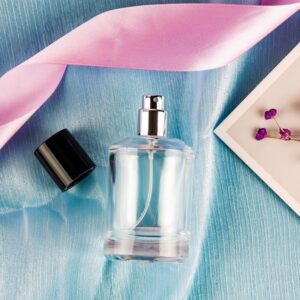
Discover the secrets to preserving perfume: how bottle design and temperature control impact fragrance quality. Learn expert tips for optimal storage.
WhatsApp us